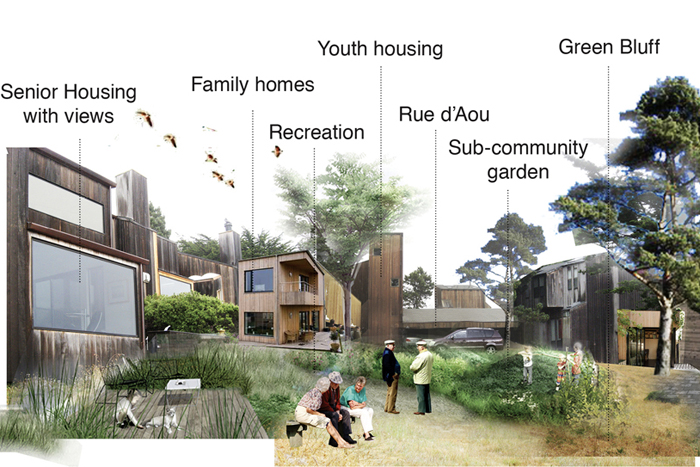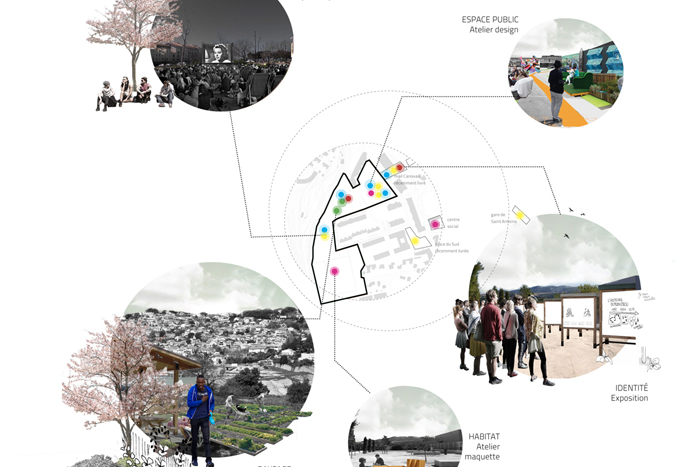CHANGE STARTS WITH US ALL!
Rasmus Frisk (DK)
architect
Arki_lab, Copenhagen (DK) - www.arkilab.dk
Europan 12 runner-up in Marseille Plan d’Aou (FR), A New Urban Village
Link to the process of A New Urban Village: here
Change Starts With Us All!
Our cities are built with a dualistic mindset that puts humans versus nature; a mindset that has created a whole lot of challenges in our cities and societies. If us architects and planners want to solve some of the issues and be part of creating better cities, changing that mindset is exactly where we have to start.
For a long time now, “Man” has identified itself as the ruler of nature. The canonical Western thinking, which has shaped our cities and societies in the west, has believed for so long in a dualism that puts culture versus nature and has assumed an ontological divide between humans and nature (Warren, K.J. An Unconventional History of Western Philosophy: Conversations Between Men and Women Philosophers, Lanham, MD: Rowman & Littlefield).
This thinking combined with the ever-increasing technological advances since the industrial revolution, enabled “Man” to transform almost all corners of our planet and reshape the landscape, always leaving his mark behind, leaving no doubt for the observer regarding who has been in charge!
In the last few decades scientists and activists, using the changes in the planet’s surface and atmosphere as proof, have repeatedly stressed the need for a new way of thinking and approaching our surroundings. The polar ice cap is melting, sea levels are rising, floods and droughts are overheating cities to the point of uninhabitability. Finally it has become obvious: “Man” doesn’t rule nature! Humans’ and nature’s destiny is one. If the planetary ecosystem collapse, our civilisation will collapse as well.
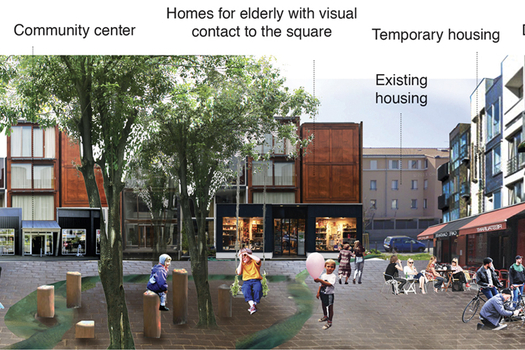

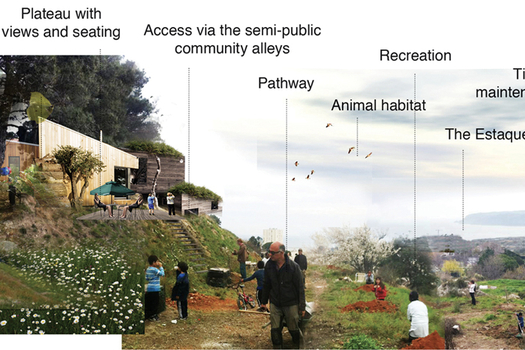
All around the world, women, youth, and activists from those countries that has been hit hard, are in the frontlines of the fight against climate change. And for a good reason: the social underclasses, are not only a product of the same mindset that is not willing to stop climate change, but they are also the ones that are going to be affected the hardest (Read for example Climate Change and Social Inequality by S. Nazrul Islam and John Winkel.
But why should all of this be of any concern to us architects and urban designers? C40 reports that: “Cities consume over two-thirds of the world’s energy and account for more than 70% of global CO2 emissions” (Source: C40). Climate change, for a large part, is caused by cities and so is its analogous issue, inequality.
The ways we build, consume and move in our cities is a major part of the problem. If we want to sustainably tackle climate change and inequality, we need to reimagine our cities, restore the missing link to nature, reestablish our place in the ecosystem, and redefine our relation to each other not only in our minds, but also in the spaces we inhabit. That’s why our work and the way we work, as architects and urban designers, is so important.
But what’s more important is to understand that this time, it’s not the architect versus the non-architect. To solve the challenges at hand, we need to work together to reshape our collective thinking and our spaces. Our role, as architects and urban designers, is to curate and choreograph this collaboration and co-learning. It’s not us who will invent the final solution. Instead we need to use our tools and experience to bring people together and cultivate interaction, from which innovative ways of thinking, developing and acting will emerge.
As architects and designers, one of the key things we need to rethink is the design process and our approach. To tackle inequality and climate change our design process has to be inclusive and extensive, encouraging all user groups to participate and take ownership of their surroundings and cities. We need to be the change we want to see around us. In order to tackle inequality, divisive ideologies and polarization we need to bridge the gap between people also in the way we work and design.
See the process of A New Urban Village: here
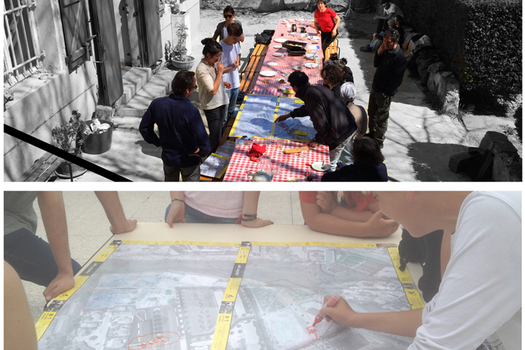

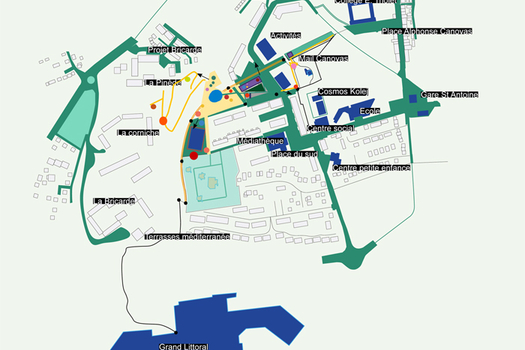
These inclusive and extensive design processes also extend to the final design, creating spaces that are regenerative and flexible. The spaces we create need to reflect the change we want to see in the future. As architects and urban designers, we should create adaptive spaces that have room for appropriation by the users over time; instead of reproducing the past and existing normative social dynamics, these new spaces should inspire to build new interactions and metabolisms that deal with inequality and climate change. The living cities of the future actually need to live, breathe, adapt and regenerate.
See the process of Stengård school: here
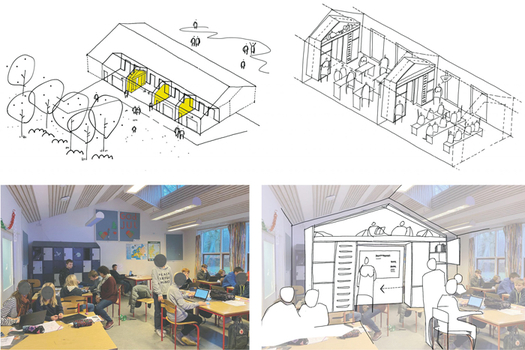
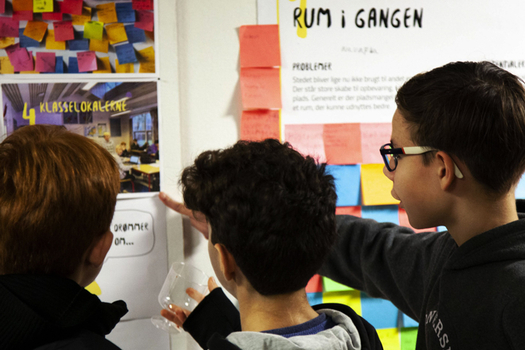
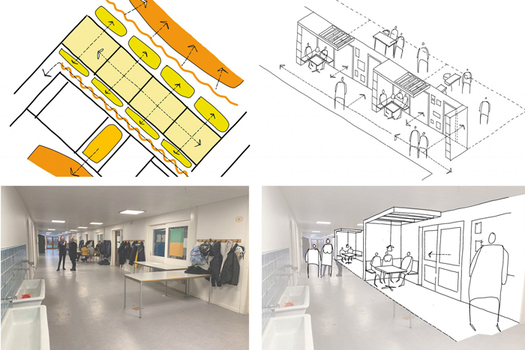
We, at arki_lab, hope that Europan 16 becomes a platform for all the young architects, planners and designers to practice a new way of (co)creating cities.

